2.2a - Network Devices: Professor Messer
Exam Objectives
Routers
Routes/forwards traffic between different IP subnets
If inside a switch, sometimes called “layer 3 switches”
May connect different network types, like LAN, WAN or fiber networks
Switches
Forwards traffic based on data link/MAC addresses (layer 2 of the OSI model)
Uses an application-specific integrated circuit (ASIC) that provides high throughput (this is included in the switch hardware, typically).
Core of an enterprise network, and may provide Power over Ethernet (PoE) capabilities
Managed: Switch that provides configuration options, such as:
VLANs
Traffic prioritization
Redundancy support (multiple switches) via Spanning Tree Protocol (STP)
Allows port mirroring: Capture traffic on one switch port and copy it to another switch port
External management via Simple Network Management Protocol (SNMP)

Unmanaged: Fewer configuration options for switch usage; simple plug-and-play usage.
VLAN functionality is limited; all devices connect to the same VLAN.
Little integration with SNMP or other network devices; difficult to query network/performance details.
Cheap prices: Lower costs compared to managed switches
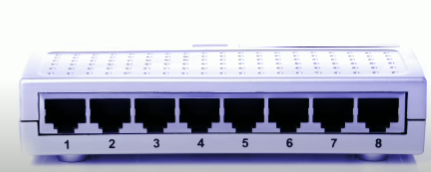
Access points (WAPs)
NOT A ROUTER: Bridges connectivity from a wired network to a wireless network.
Makes forwarding decisions based on destination MAC addresses
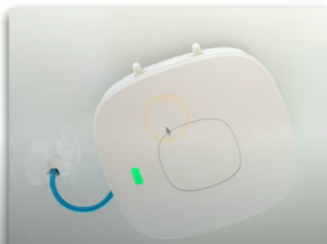
Patch panel
Networking device with multiple ports that organize/manage network cables in a central location (typically a wiring closet).
Patch panels may contain ports/connectors that extend to switches or other networking devices
To connect a workstation to a different switch, move the cable between the switch and the patch panel port (the green cable in the image).

Firewalls
Filter traffic by IP addresses and port number
TCP/UDP ports operate at layer 4 of the OSI model - firewalls are often called OSI layer 4 devices
If the firewall understands application-level traffic (e.g., HTTP), it is known as a layer 7 OSI device.
Can also act as an encrypted tunnel - encrypting data sent between two different websites.
Can act as a proxy for traffic: Receives an internet traffic query(a web search) from a user, then checks the response of that query over the internet (so no traffic is malicious/dangerous), then sends the results of the query to the user.
Typically acts as a layer 3 OSI device (a router) in SOHO environments, and allows additional traffic forwarding functionality.
Power over Ethernet (PoE)
Refers to networking devices powered by an already connected ethernet cable - Ethernet cable transfers both data and electrical power to networking devices
Injectors: Endspans refer to built-in power, and midspans refer to in-line power injectors.
Switch: Some switches support Power over Ethernet (PoE) - this is commonly marked on the switch/switch interfaces

PoE standards
Original standard - IEEE 802.3af (2003), 15.4W DC power, currently part of the 802.3 standard
Enhanced standard - IEEE 802.3at (2009), also known as PoE+, which allows for higher power delivery up to 30 watts.
Newest standard - IEEE 802.3bt (2018), known as PoE++, which supports even greater power levels, enabling up to 51 watts per port in Type 3 and 71.3 watts per port in Type 4 configurations.
Hub
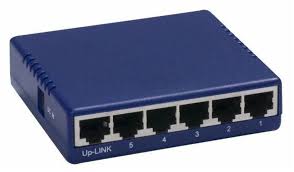
Networking device that connects multiple Ethernet devices, making them act as a single network segment.
Called “multi-port repeaters” - traffic in one port is repeated to every other port
Operate at layer 1 of the OSI model
Only capable of half-duplex (HDX) communication (think of a walkie-talkie - one person can talk at once)
Outdated devices; replaced by switches
Cable modem
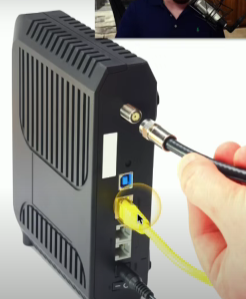
Uses broadband communication to transmit multiple types of data - video signals for television, phone lines for voice communication, and internet data.
Allows speeds of up to 1Gbps, though this may vary according to service providers.
Digital subscriber line (DSL)
Uses telephone connections
Technically called ASDL (Asymmetric Digital Subscriber Line)
Called asymmetric because the download speed is much faster than the upload speed (asymmetric)
Uses telephone signals to provide both telephone and internet connectivity
Typical speeds: 52Mbps download (downstream) and 16Mbps upload (upstream)
~10,000 ft range limitation from central office (CO) - a building in the neighborhood that serves local phone lines.
May have faster speeds if closer to the CO
Optical network terminal (ONT)
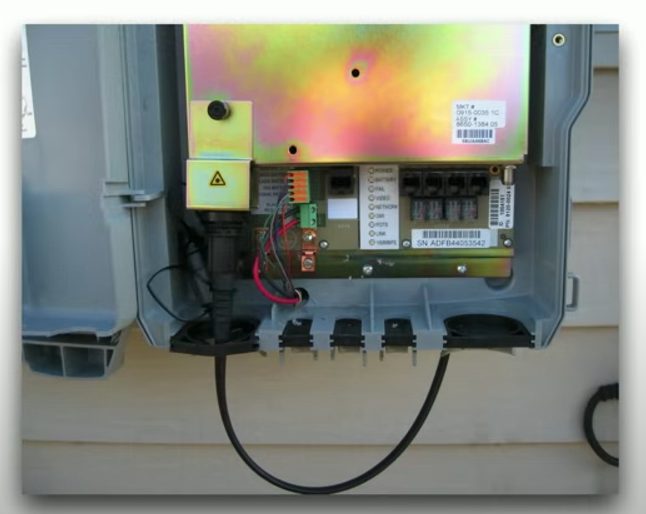
Uses fiber/optical connections
Connects an ISP fiber network and converts optical signals to copper Ethernet that can be used for internet connectivity.
Separates/delineates traffic to multiple points - your network (past the demarcation point), and the ISP (before the demarcation point).
Network interface card (NIC)
Fundamental networking component that allows internet/Ethernet connectivity to any endpoint (computers, printers, servers, phones, routers, etc.)
Any device with network connection capability has a NIC
Can be specific to a network type (e.g., Ethernet, wireless)
Often built into the motherboard, but can be added as an expansion card.
Many options - single-/multi-port, copper, fiber